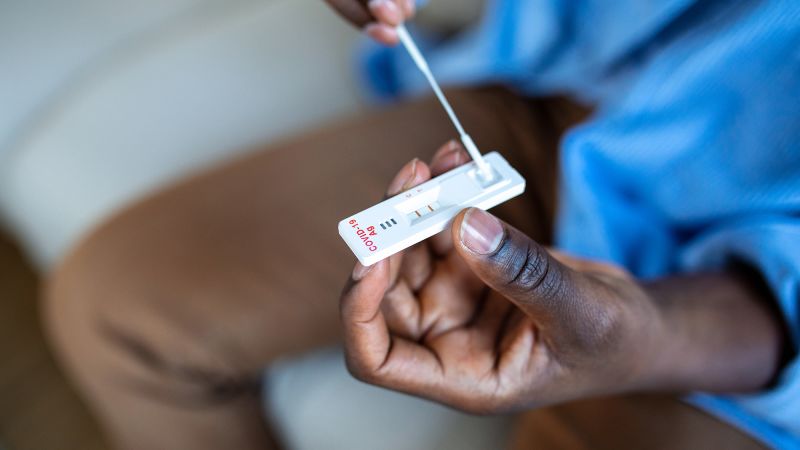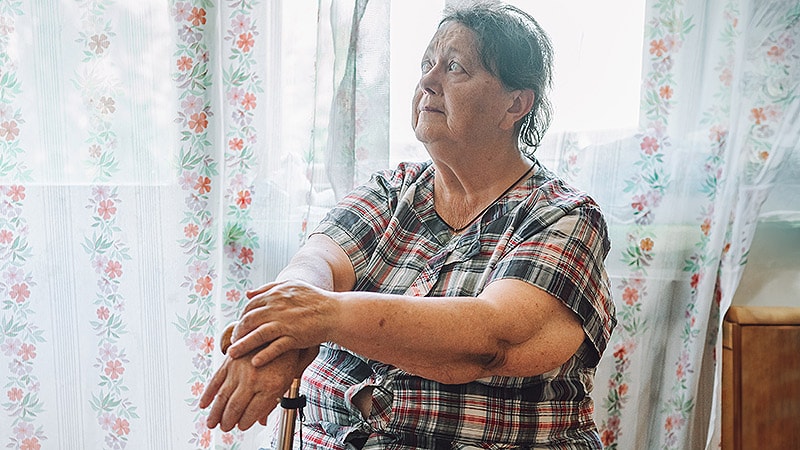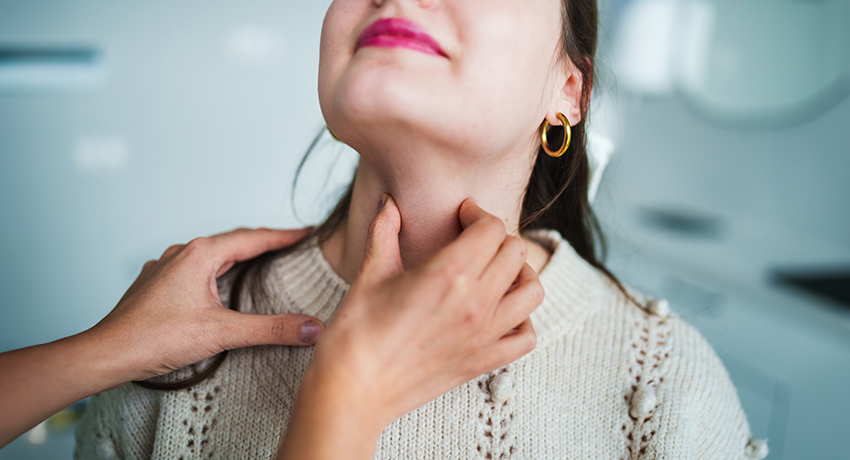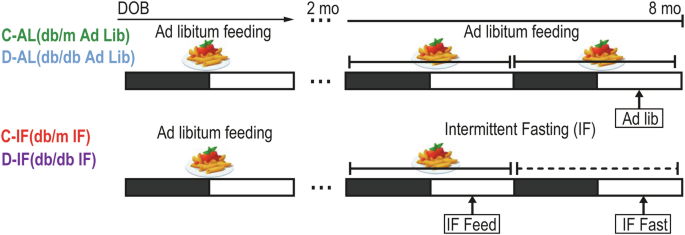WHO advisory on trends of acute respiratory infection, including human metapneumovirus

The World Health Organization (WHO) in its Disease Outbreak News dated 7 January 2025 provided information and advice to the public about trends of acute respiratory infection including human metapneumovirus (hMPV), in the Northern Hemisphere.
The WHO report stated these increases are typically caused by seasonal influenza, respiratory syncytial virus and other common respiratory viruses, including hMPV, as well as mycoplasma pneumoniae.
WHO’s Global Influenza Surveillance and Response System (GISRS) has registered rising trends in influenza in the Northern Hemisphere, where it is currently winter in many countries across Asia, Europe, Central America and the Caribbean, Western Africa, and Middle Africa.
About hMPV
The hMPV is not a new virus, but was discovered first in 2001, it is a common virus that circulates in winter and spring. It usually causes respiratory symptoms similar to the common cold. In some cases, it can lead to more severe disease like bronchitis or pneumonia. The youngest and the oldest are most at risk, along with those who are immunocompromised, that is, those who have weakened immune systems.
WHO recommendations
WHO recommends that people living in areas where it is winter take normal precautions to prevent the spread and reduce risks posed by respiratory pathogens, especially to the most vulnerable. People with mild symptoms should stay home to avoid infecting other people and rest. People at high risk or with complicated or severe symptoms should seek medical care as soon as possible. Individuals should also consider wearing a mask in crowded or poorly ventilated spaces, cover coughs and sneezes with a tissue or bent elbow, practice regular handwashing, and get recommended vaccines as per physician and local public health authorities’ advice.
WHO advises Member States to maintain surveillance for respiratory pathogens through an integrated approach, considering country context, priorities, resources, and capacities. WHO has published guidance on integrated surveillance here. WHO has also updated guidance on assessing influenza epidemic and pandemic severity, including the impact on healthcare facilities, here.
Based on the current risk assessment, WHO advises against any travel or trade restrictions related to current trends in acute respiratory infections.
Solomon Islands response
To ensure the health and well-being of Solomon Islanders, the Ministry of Health and Medical Services, through the Public Health Emergency and Surveillance Unit and respective departments, divisions and units of the Ministry of Health and Medical Services; are implementing series of measures designed to ensure that people are making informed decisions about how best to protect their health and prevent outbreaks from happening. These include:
1. Ongoing weekly sentinel surveillance system which covers 23 sites across the country, whereby weekly reporting of a number of disease syndromes and any increases of disease trends such as respiratory infections like Influenza-Like-Illnesses (ILIs) and Severe Acute Respiratory Infections (SARI) are reported promptly.
2. Risk communication targeting the general population. The MHMS emphasizes the following WHO recommended actions to those who are sick with a respiratory disease:
a. Maintain good hygiene habits: cover your mouth and nose with a tissue, towel or elbow when coughing or sneezing;
b. Wash your hands frequently with soap and water for at least 20 seconds, or use alcohol-based hand sanitizer; avoid touching your eyes, nose, and mouth with your hands to reduce the risk of pathogen transmission.
c. Promote a healthy lifestyle: Eat a balanced diet, moderately exercise and get adequate rest to help enhance immunity.
d. If you have a fever, cough or other respiratory infection symptoms, rest at home, avoid going to work or school while sick, wear a mask when in contact with family members, and keep the room well ventilated by opening a window for air flow.
e. Wear a mask when seeking medical treatment; it is recommended to wear a mask in crowded places or when taking public transportation (such as airplanes, buses and taxis).
f. If sick and symptoms do not improve, seek urgent medical care at the nearest health clinic or hospital.
3. Close communication and collaboration with WHO and Regional Disease Surveillance Networks supported by the Pacific Community (SPC) and WHO and implementing ongoing disease monitoring such as monitoring respiratory illnesses at global, regional, and country levels through collaborative surveillance systems, and provide updates as needed.
The public are sincerely reminded to always seek health information from trusted sources such as the Ministry of Health and Medical Services and WHO. It is important to provide correct information so that the public and those at risk, such as the young, old and people with underlying medical conditions; take the necessary steps to safeguard their health and wellbeing by going to health facilities when sick and take the above mentioned preventative measures.
link






